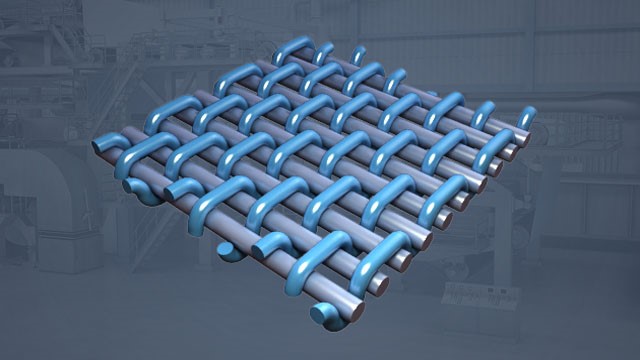

The BS EN ISO 9237 standard, which is a British standard and also published by the International Standards Organization (ISO), offers a test method to determine the air permeability of fabrics. This standard is applicable to all types of fabrics for technical purposes, including industrial fabrics, seamless fabrics and air permeable textiles.

The mentioned standard has been published by the Turkish Standards Institute (TSE) with the following title: TS 391 EN ISO 9237 Textile - Determination of air permeability in fabrics.
The air permeability of a fabric is a measure of how well it allows air to pass through a fabric. Air permeability is important, for example, for industrial filters, tents, sails, parachutes, rain gear, wind-blocking clothing fabrics, airbags and similar uses. The parameters affecting the air permeability of the fabric are the spacing between the warp and weft yarns, the weave structure and the porosity of the yarn.
The test method presented in the ISO 9237 standard is applicable to testing many types of fabrics, including technical fabrics, non-woven fabrics and fabrics in ready-made textiles. Air permeability tests between 2.5 and 5500 mm/s are performed in advanced laboratories. These tests analyze the fabric's ability to let air through. For example, in a fabric application to be used as a windbreaker, air is not desired to enter the material. On the other hand, in some applications, air is expected to pass through the fabric easily. By analyzing the air permeability properties of a material, it is possible to evaluate its suitability for the intended application.
When testing in accordance with the ISO 9237 standard, the velocity of an air flow passing vertically through a test sample under certain conditions, ie the velocity required to obtain a desired pressure drop, is measured. The test specimen is fixed to the air permeability device with one side facing the air inlet. Air is sucked from the test material. The air flow is adjusted to reach the expected pressure drop. The velocity of the air flow is read in mm/s for the air permeability of the sample.
In air permeability tests of fabrics, the reproducibility of the results is good. The flow rate of air is proportional to the pressure in similar fabrics.
The concept of air permeability is widely used in the textile industry to evaluate the unique properties of fabrics. Especially outerwear manufacturing companies use this know-how to describe the functional performance of products. Air permeability is significantly affected by the material of a fabric and its structural properties, such as the shape of the pores of the fabric and yarn. In addition, fabrics with hydrophilic components can change their air permeability properties under different humidity conditions. In this regard, different standards are used in addition to the ISO 9237 standard for the evaluation of air permeability with different test conditions.
Meanwhile, construction factors and finishing techniques can cause a change in the length of airflow paths through a fabric and have an effect on air permeability. Fabrics with different surface textures on both sides may have a different air permeability depending on the air flow direction. For woven fabrics, yarn twist is also important in air permeability. As the twist increases, the yarn diameter and the cover factor decrease, which increases the air permeability.
The air permeability of a nonwoven filter media is the air flow measured through an area of the filter media at a certain pressure drop. Air permeability is important especially in non-woven fabrics used in masks. The most common way to measure the air permeability of a filter media is to correct for the pressure drop and measure the air flow.
Our organization provides air permeability determination services of fabrics within the scope of ISO 9237 standard, within the framework of national and international standards, with its trained and expert staff and advanced technological equipment, among numerous test, measurement, analysis and evaluation studies.
To get an appointment, to get more detailed information or to request an evaluation, you can ask us to fill in our form and reach you.